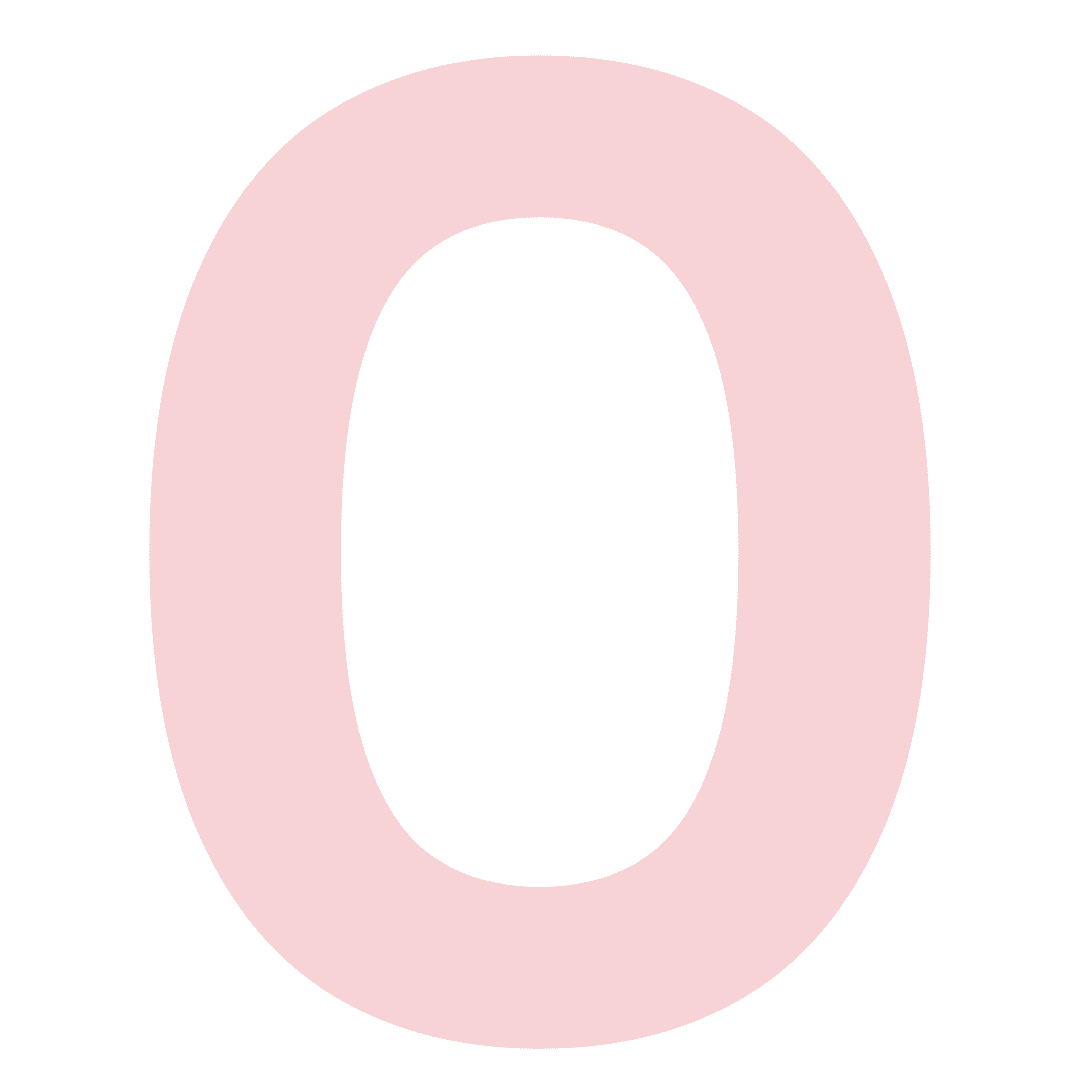The female reproductive cycle is a complex and fascinating process that involves the ovaries and the uterus.
It contains two essential cycles: the ovarian cycle and the menstrual cycle.
In this blog post, we will explore their functions and regulations. By understanding these processes, we can gain a deeper appreciation for the unique mechanisms at work within the female body.
The Ovarian Cycle: A Journey of Follicles
The ovarian cycle is a monthly occurrence that begins during puberty and continues until menopause. At the start of each cycle, one of the two ovaries initiates the development of a follicle1, which houses an immature egg cell called the primary oocyte. As the follicle nurtures, the oocyte grows in size and prepares for maturation.
Around the midpoint of the ovarian cycle, the mature follicle ruptures, releasing the secondary oocyte. This cell, also known as the female gamete2, travels through the fallopian tube towards the uterus, aided by tiny hair-like structures called cilia. Meanwhile, the ruptured follicle transforms into the corpus luteum, a structure responsible for producing estrogen and progesterone.
Following several days, the corpus luteum undergoes degeneration, marking the end of the ovarian cycle. This cycle of follicle development, ovulation, and corpus luteum formation occurs continuously throughout a woman’s reproductive years.
The Menstrual Cycle: The Uterine Symphony

The menstrual cycle, which life span is approximately 28 days, involves the uterus and its inner lining, known as the endometrium. It consists of three distinct phases: menstruation, proliferation, and secretion.
During menstruation, the endometrium sheds its old lining, resulting in the expulsion of blood, mucus, and uterine tissue. This phase typically lasts from the first to the fifth day of the cycle. Following menstruation, the proliferation phase commences.
In the proliferation phase, hormones stimulate the regeneration of the endometrium. It gradually thickens, replenishing the uterine lining. Around the fourteenth day of the menstrual cycle, the endometrium reaches its thickest point, preparing for the next phase.
The secretion phase follows proliferation. During this period, the endometrium continues to grow and becomes well-supplied with blood vessels, creating an ideal environment for a fertilized egg. If fertilization occurs, the embryo develops within the nourishing endometrial lining. If fertilization doesn’t happen, then the corpus luteum breaks down. Hormone levels decrease, the endometrium is shed, and a new menstrual cycle begins.
The Hormonal Regulation: Orchestrating the Cycles
The female reproductive cycle is a complex and fascinating process. Both the ovarian and menstrual cycles are regulated by hormones. In the ovarian cycle, the pituitary gland, located in the brain, produces two important hormones: follicle-stimulating hormone (FSH) and luteinizing hormone (LH). FSH and LH work together to support the maturation and release of the secondary oocyte.
At the start of the ovarian cycle, the levels of FSH and LH in the blood are low but gradually increase. Around the fourteenth day, when ovulation occurs, FSH and LH reach their highest levels, triggering the release of the secondary oocyte. After ovulation, hormone levels drop, and the cycle begins again.
In contrast, the menstrual cycle is mainly regulated by hormones produced by the ovaries—estrogen and progesterone. Estrogen increases after menstruation, stimulating the proliferation phase. It helps the endometrium grow and thicken, preparing it for potential implantation. Progesterone, which rises after ovulation, works together with estrogen during the secretion phase. It maintains the endometrial lining and supports early pregnancy. If fertilization doesn’t occur, estrogen and progesterone levels decrease, leading to menstruation.
In conclusion, the female reproductive cycle is a remarkable process orchestrated by hormones and the interplay between the ovaries and the uterus. The ovarian cycle drives the development and release of the egg, while the menstrual cycle prepares and renews the uterine lining. Understanding the female reproductive cycle provides valuable knowledge about reproductive health and a deeper appreciation for the wonders of the female body.
1A follicle is a small sac of fluid in the ovaries that contains a developing egg
2 female gametes are called ova or egg cells, and male gametes are called sperm.









